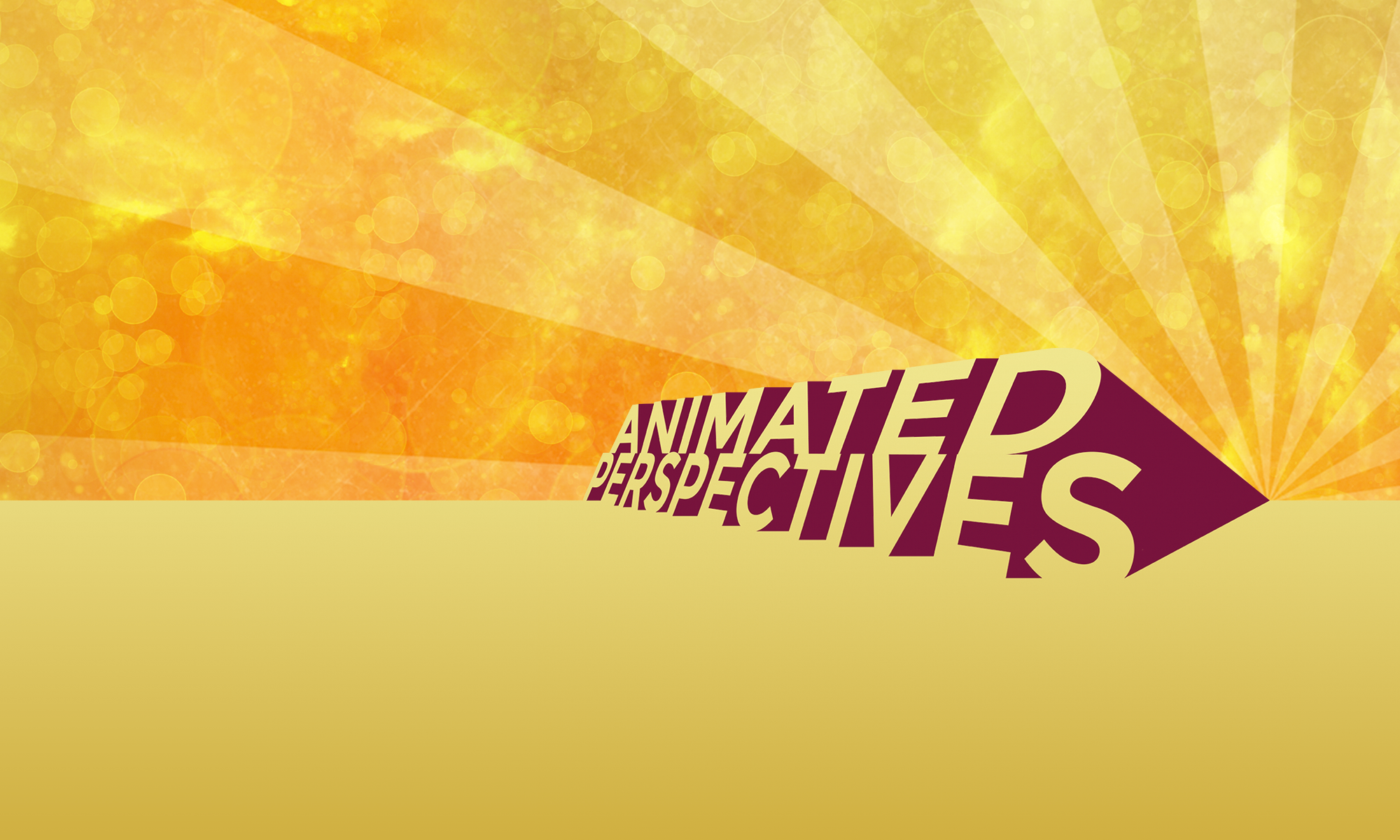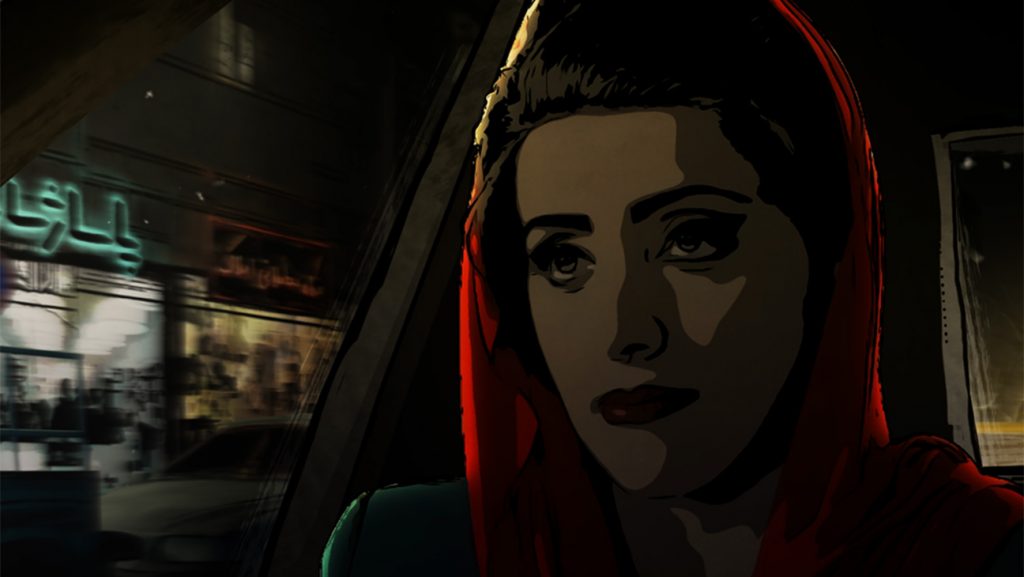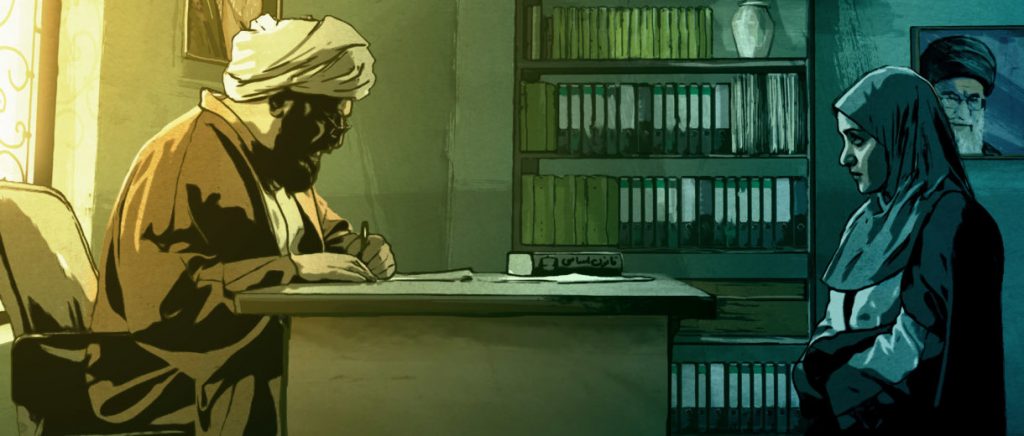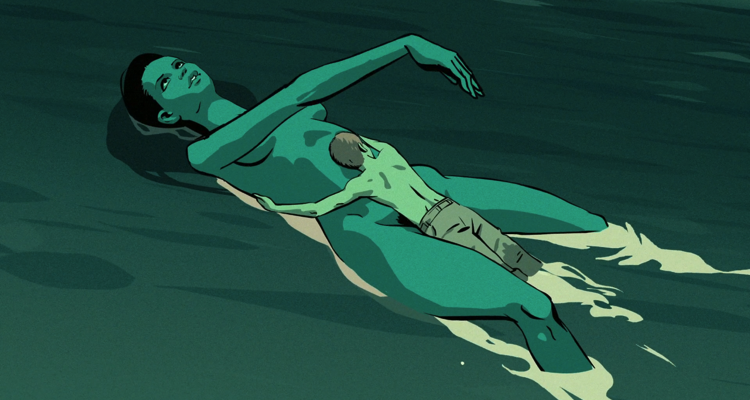Censorship in animation is a tricky and elusive topic to talk about. Sometimes it involves lots of contradictions and hypocrisy. And it seems like has different standards case to case. For example, Tom and Jerry from 1940s could be called out for cartoon violence. Some more contemporary cartoons like Sam and Max are allowed greater latitude of violence.The guidelines are different depends on what platform you decide to put your show on. For example, cable channels have the strictest censorship guidelines while online-only mediums have less strict guidelines. Even there is a general guideline for people to look at when decided what is appropriate to be on-air, the final decision often falls to individual censors. In this article, I will mostly focus on censorship of racism, sexism and violence in American cartoons.
The Image of Racism

This scene from Scrub Me Mama With a Boogie Beat, featuring a town called The Lazy Town. This woman on the left of the image singing around the town, while the rest of the town is far darker, with exaggerated thick lips. This was a common use of stereotype in animation back days. At that time, these are considered as “did not offended or degraded the colored race”. As quoted from Walter Lantz who was the founder of Walter Lantz Production and created Woody Woodpecker, “the first thing that happened was the elimination of all my films that contained Negro characters; there were eight such pictures. But we never offened or degraded the colored race and they were all top musical cartoons too. ” So if at that time, some creators still believe that using stereotypes in animation to represent minorities should be forgivable. Then when and why did animators stop making these film?
The simple answer to this question is that there are mainly two reasons; the actions of African-American publications and organizations such as the NAACP (the national association for the advancement of colored people) in making their displeasure with stereotypes in American animation public and known.
Sex/sexism
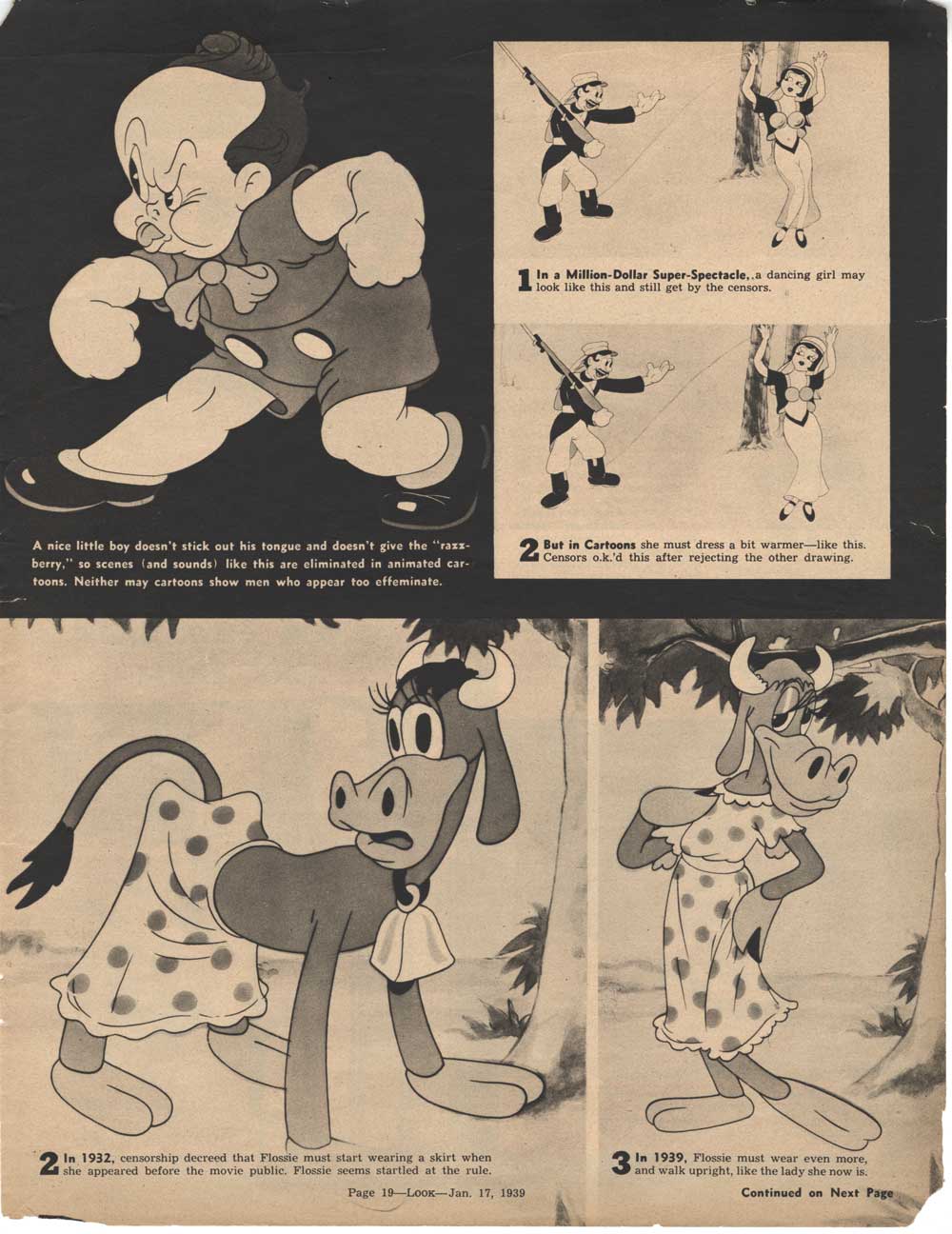
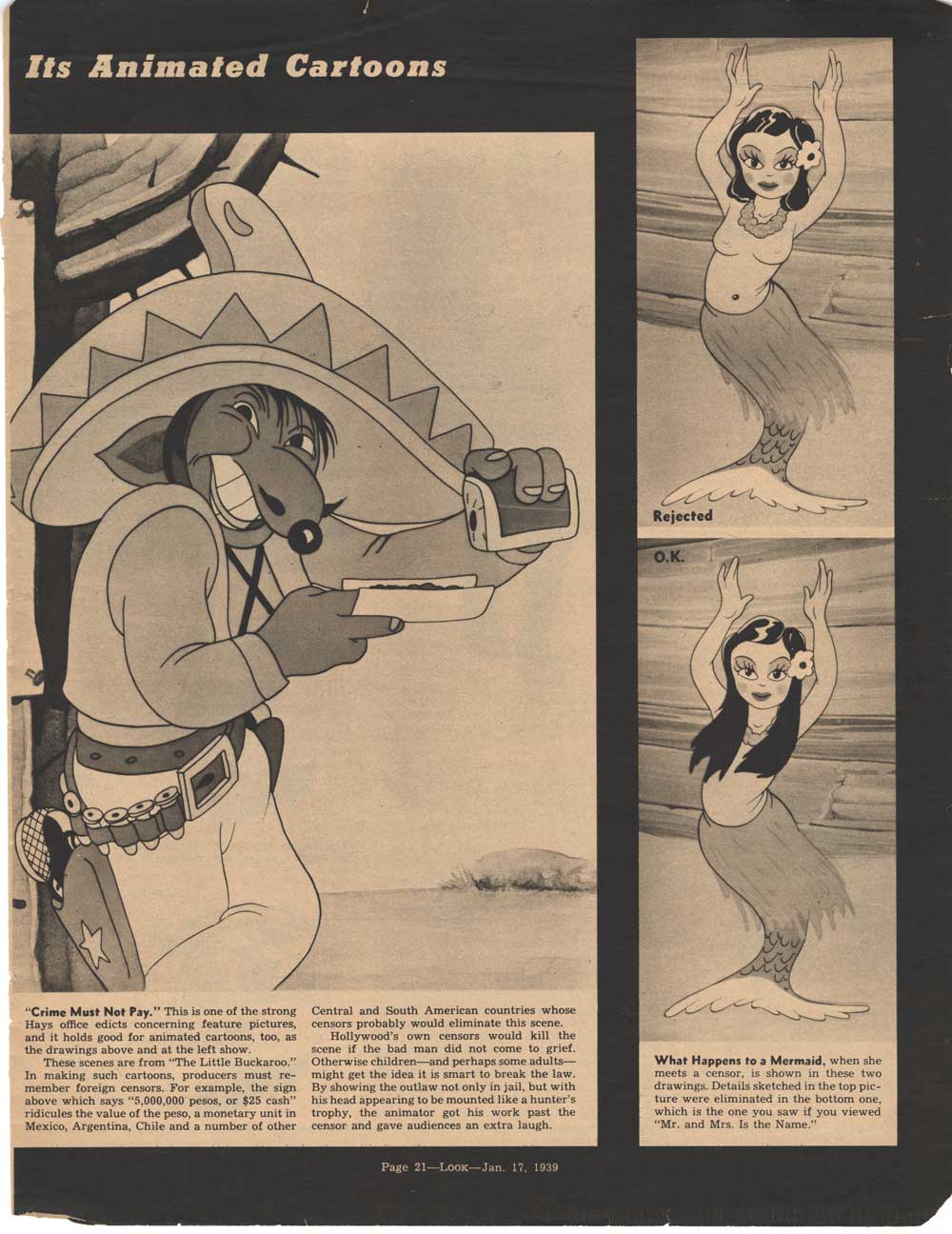
These two image shows different cases of censorship in animation. For example, in 1930, Flossie Cow was presented completely nude with no cloth or hair to cover any parts of its body. Censors obviously had no problem with Flossie Cow just wearing a cowbell. In 1932 , they have to make Flossie Cow to wear a skirt before the movie go public. In 1939, Flossie started to wear a actual dress and walk upright more human-like. Similar to this, the Mermaid had to use hair to cover her chest.
We all know that sex sells in any industries. Is this the reason why we have all these sexy bunnies, sexy lady cats and sexy ducks in our children’s cartoon? who will be calling the shots for “if the girl should wear more”? It seems like the censors for sex and sexism has become stricter. However, we can say that today’s popular animation has the most violence than ever in animation history.
Some popular shows has successfully developed violence into humor. For example, in classic cartoon Tom and Jerry, we have all seen Tom tried to kill Jerry with a shotgun, knife or hammer. These acts might not be consider appropriate for children. More realistic violence involving acts which children could imitate are not allowed. So what is the limit for how much violence that a show could have just to make it funny before you call it “too far”? Why is a live action movie for children have different censorship guidelines than cartoons? It is indeed ironic that cartoon shorts are censored while mainstream prime-time entertainment is bawdier than ever in entertainment history.
